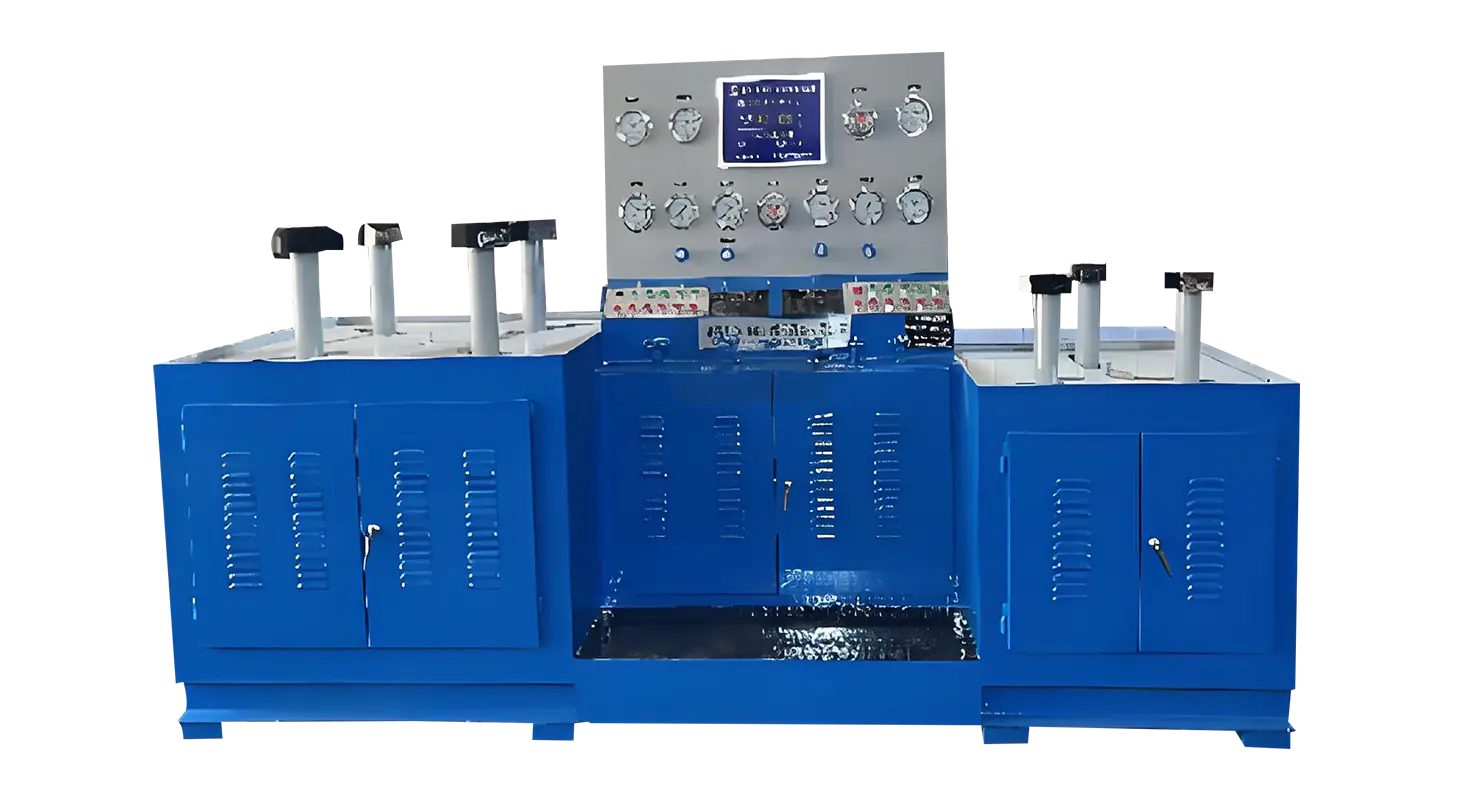Jun 25, 2025
Valve test benches play a critical role in ensuring the quality and performance of valves used across various industries. From power plants to water treatment facilities, valves must be tested to meet safety and functional standards before they are installed in real-world applications. A valve test bench provides a controlled environment to verify valve operation under different pressure and flow conditions.

What is a Valve Test Bench?
A valve test bench is a specialized piece of equipment designed to evaluate the performance, strength, and sealing capabilities of different types of valves. It can accommodate valves of various sizes and materials, allowing engineers and technicians to conduct pressure, leak, and functional tests in a safe and efficient manner. Whether the test is performed in a factory or on-site, the valve test bench helps to simulate working conditions to verify the reliability of the valve.
Key Testing Scenarios
Valves are essential components in pipelines and processing systems, and their ability to control flow accurately is crucial. Bench test safety valve procedures are particularly important when it comes to system safety. Safety valves are designed to release pressure automatically when it exceeds preset limits, preventing equipment damage and ensuring personnel protection. By conducting a bench test safety valve, technicians can verify that the valve opens and closes correctly at the designated pressure points. If a safety valve does not function properly during the test, it could pose significant risks once deployed.
Another common test focuses on butterfly valve testing. Butterfly valves are widely used due to their simple structure and quick operation. However, they require careful testing to confirm sealing performance and operational accuracy. Butterfly valve testing typically includes leak tests under both low and high-pressure conditions, torque measurements to verify opening and closing forces, and flow capacity analysis. Without proper testing, a butterfly valve may fail to seal correctly, causing fluid leakage or pressure instability within the system.
Types of Valve Tests on the Bench
On a valve test bench, several key tests can be performed:
Pressure Testing: This is done to verify whether the valve can withstand the system’s working pressure without leaking or deforming.
Leak Testing: Both internal and external leak tests are performed to ensure the valve body and sealing surfaces are functioning properly.
Functional Testing: The valve’s ability to open, close, and regulate flow is tested under controlled conditions.
Bench Test Safety Valve Procedures: Safety valves are tested to confirm they activate precisely at the set pressure. This step is essential to maintain system safety and compliance.
Butterfly Valve Testing: Focuses on verifying sealing performance, pressure resistance, and torque requirements specific to butterfly valve designs.
Each of these tests provides valuable data regarding the valve’s suitability for its intended application.
Safety Considerations During Valve Testing
Safety is a key priority during any valve testing procedure. The bench test safety valve must be performed using proper tools, protective equipment, and pressure monitoring devices to prevent accidents. Before starting the test, the valve must be securely clamped to the test bench to prevent sudden movement or ejection under pressure.
When performing butterfly valve testing, attention should be paid to pressure buildup and flow direction to avoid incorrect readings or equipment damage. Adequate barriers, shields, and pressure relief systems should always be in place to protect operators during all testing phases.
Additionally, routine maintenance and inspection of the valve test bench itself are necessary to ensure accuracy and safety. Calibration of pressure gauges, valves, and control systems should be performed regularly to maintain reliable test results.
Understanding the basics of valve test benches provides valuable insight into how valves are validated before use. Through essential processes such as bench test safety valve procedures and butterfly valve testing, manufacturers and maintenance teams can confirm the functionality, safety, and reliability of various valve types. The proper application of valve test benches not only supports quality control but also contributes to safer operations in industries where valves play a critical role.